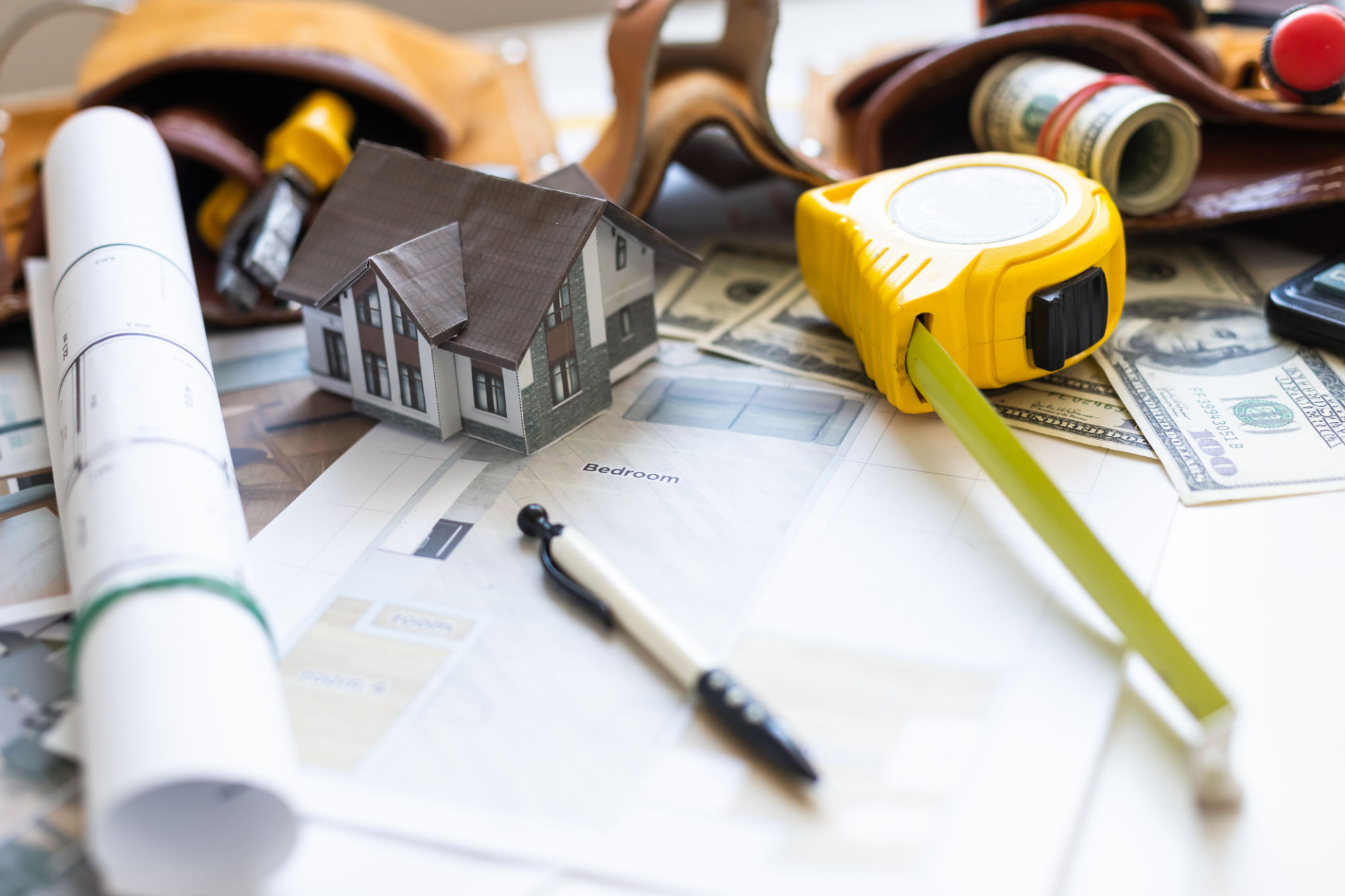Debunking Myths: Common Misconceptions About Home Improvement in NY
Introduction to Home Improvement Myths
Home improvement projects can be daunting, especially when surrounded by myths and misconceptions. In New York, where space and building regulations pose unique challenges, it's crucial to separate fact from fiction. This blog post aims to debunk some common myths about home improvement in the Empire State.

Myth 1: DIY Is Always Cheaper
While tackling projects yourself can save on labor costs, it's not always the more economical choice. Mistakes can lead to costly repairs, and lack of access to wholesale pricing for materials can add up. Hiring a professional can ensure the job is done right the first time, ultimately saving money.
Additionally, professionals often have established relationships with suppliers and can procure materials at a lower cost than the average homeowner. This can offset the cost of hiring a contractor, balancing the budget in the long run.
Myth 2: Permits Are Unnecessary for Small Projects
In New York, even small projects may require permits. Ignoring this step could lead to fines or forced removal of unpermitted work. Always check local regulations before starting any renovation to ensure compliance.

Permits are not just bureaucratic red tape; they ensure that renovations meet safety standards and building codes. This is crucial in New York, where properties are often older and require specific considerations during renovations.
Myth 3: All Renovations Increase Home Value
It's a common belief that any improvement will boost property value, but this isn't always true. Some renovations may appeal to personal tastes but not necessarily increase market value. For instance, extravagant landscaping or high-end appliances may not yield a good return on investment.
Focus on upgrades that are known to enhance value, such as kitchen and bathroom remodels or adding energy-efficient features. These improvements not only attract buyers but also offer a better return on investment.

Myth 4: More Space Equals More Value
Adding square footage does not automatically mean a higher home value, especially in densely populated areas like New York City. The key is how the space is utilized. A well-designed smaller area can be more valuable than a poorly designed larger one.
Consider functionality and aesthetics when planning an expansion. Open floor plans, additional bathrooms, or versatile spaces can make a home more attractive without unnecessary expansion.
Conclusion
Home improvement myths can mislead homeowners into making costly mistakes. By understanding the realities behind these misconceptions, New Yorkers can make informed decisions that enhance their homes' value and functionality. Always consult with professionals and conduct thorough research before embarking on any project. This ensures that your investment is both wise and rewarding in the long run.